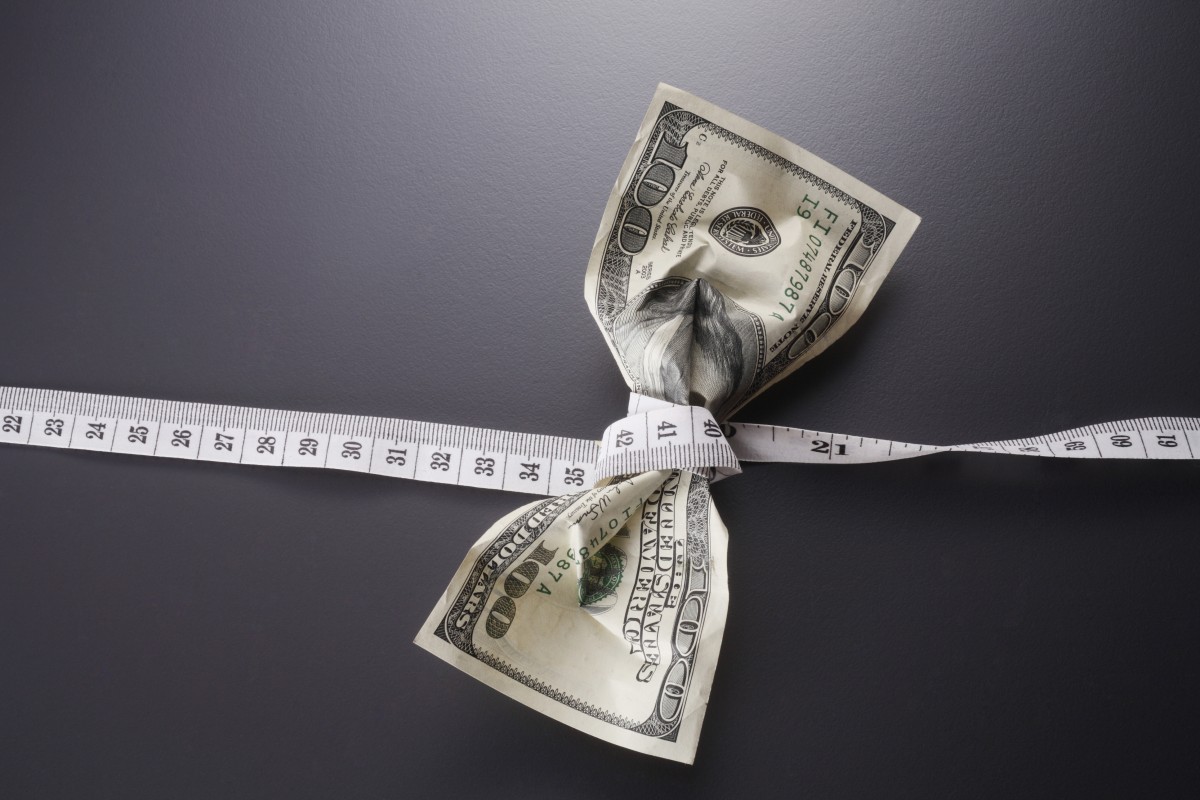The research arm of the Iranian Parliament has published a report on fluctuations in the foreign exchange market during the past few months, advising the Central Bank of Iran to do what it takes for free-floating the rial against other currencies.
The Majlis Research Center points out that the sudden surge in foreign exchange rates against the rial has rocked the money markets every now and then from the start of the last decade, IBENA reports.
The latest such volatility came in November in which "the nominal value of rial weakened against many foreign currencies and gave rise to many questions and much confusion among economic policymakers and businesses, especially the parliament", MRC's report states.
The US dollar began its rally against the rial from November steadily, with the threshold of 40,000-rial per dollar being broken in December. The rial has since gained some ground, with rial at 39,700 to $1 as of Wednesday.
In examining the history of currency market unrest in the country, the parliamentary body concluded that "in the past few years, the fundamental settings for an increase in forex rates have gradually formed and therefore fluctuations in the currency market are not compatible with fundamental variables".
However, the research body adds that a global increase in the value of the greenback, the US elections, a seasonal hike in demand for businesses and a surge in foreign trips and lack of distribution of non-oil foreign exchange during autumn may have influenced the issue.
MRC reports that "the root of recurring fluctuations in the currency market" can be traced back to a policy adopted by the administration and the central bank to "hold on to nominal exchange rates" in exerting its control over the market.
This policy will entail certain repercussions, states the report, such as weakening government control over monetary variables even as the administration tries to maintain a specific value for the rial.
"This will in turn prepare the ground for inflation and the rise in real exchange rates will bring about a gradual increase in demand for foreign currency and hurt domestic industries' competitive edge against their foreign rivals. As a result, with the passing of a number of years, demand for currency will go beyond the capabilities of the central bank and the market will experience fluctuations," the report said.
The research center proceeds by concluding that "the right policy will be to maintain the stability of real exchange rates" which has been referred to in the Fourth and Fifth Five-Year Development Plans.
It also presents other solutions for the government, the central bank and the Securities and Exchange Organization, including improving transparency in the foreign exchange market, decreasing demand for paper currency by free-floating the rial, creating new entities such as the currency futures market and implementing currency swap agreements.
"Considering the totality of fundamental and short-term factors mentioned in the report, MRC predicts that fluctuations in the currency market will abate in the final two months of the current fiscal year (January 20-March 20), but this should not prevent policymakers from implementing major reforms in the currency market."
Focus on Production, Unified Rates
Asadollah Asgaroladi, the head of Iran-Russia Chamber of Commerce, believes that the country must part ways with outdated thinking and push for a unified exchange rate.
"What we are witnessing in the country is a bias over maintaining the value of the national currency. We have no choice but to abandon this thinking and see what the world is doing for fostering production," Asgaroladi said in a talk with Exim News website.
The prominent businessman also suggested that the government unify Iran's dual exchange rates by setting a baseline of 40,000 rials for the greenback.
"We have to remove the current rates such as the 32,000-rial official dollar rate and the parliament must change the 33,000-rial rate devised for the dollar in the annual budget," he said.
"Considering the situation of the market, a rate of between 38,000 rials and 40,000 rials per dollar would be a suitable rate for the dollar and we must move toward rate unification on that basis."
Iran currently uses two official and unofficial currency rates. The central bank and several administrations have discussed the issue of unifying these rates as they pave the way for corruption, but the plan is yet to be implemented.
This is while central bank and top-tier administrative officials have repeatedly promised the plan's implementation by the end of the current fiscal year in March, which seems less than certain now.


